That sizzle and pop from the kitchen always brings my son running. He knows exactly what’s cooking: chicharrones, one of favorite all time treats.
I’ve always had a weakness for these crispy pork belly treasures. That irresistible crunch when you bite in, the perfect hit of salt—it’s literally everything I want in a snack, and I’m powerless against them. While you’ll find variations across Spain and Latin America prepared in different ways (fried, baked, or boiled), this version uses long strips of pork belly about an inch wide.
What makes these special is using the whole package—skin, fat, and meat together. And then there’s the baking soda trick that I learned in Marbella in the south of Spain many years ago. It might seem strange, but rubbing it on before cooking makes them impossibly crispy. Just remember to rinse it off completely afterward.
The cooking process is simple but magical. Place the strips in my trusty nonstick skillet, cover them with water, and let them do their thing. As the water bubbles away, the meat tenderizes, and then—my favorite part—they start to fry in their own rendered fat. Fair warning: keep a splatter screen handy. I learned the hard way to use one (and to not wear my favorite shirt while cooking these).
Eat them straight from the pan, just passing around lime wedges to squeeze over the top. Or go fancy and place them on a nice looking tray, paired with a lovely creamy cilantro lime aioli.
How to Make Crispy Chicharrones with Cilantro Lime Aioli
Prepare the Cilantro Aioli
Combine mayonnaise, cilantro, garlic, and lime juice in a bowl.
Season with salt and pepper; refrigerate at least 30 minutes.
Step 1: Preparing the Pork Belly
Place pork belly, skin-side down, on a clean cutting board.
Cut pork belly into strips approximately 1 inch (2.5 cm) wide, slicing perpendicular to the grain.
With the skin still facing down, make crosswise cuts into each pork belly strip every 1½ inches (4 cm), slicing approximately ¾ of the way through the meat without cutting through the skin. The result should resemble a zipper pattern.
Step 2: Baking Soda Treatment for Crispy Skin
Arrange pork belly strips skin-side up on a rack set over a baking sheet.
Generously rub baking soda into the pork skin.
Refrigerate uncovered for a minimum of 1 hour, and up to 8 hours. This step ensures maximum crispiness by drying out the skin.
Step 3: Simmering the Pork Belly
Remove pork belly strips from the refrigerator and thoroughly rinse off the baking soda.
Transfer rinsed strips to a large nonstick skillet.
Pour in 2 to 4 cups (470–950 ml) room-temperature water, enough to mostly cover the pork belly.
Bring to a boil, then reduce heat to maintain a gentle simmer. Cook uncovered until all liquid evaporates, turning the pork belly occasionally (approximately 1 hour and 15 minutes).
Step 4: Crisping the Chicharrones
Once the liquid evaporates, pork belly strips will begin to crisp in their rendered fat.
Cover skillet with a splatter guard to prevent oil splashes.
Continue cooking, carefully turning strips occasionally, until all sides are golden brown and crispy (about 20–25 minutes).
Step 5: Serving
Transfer cooked chicharrones to a paper towel-lined plate to drain excess oil.
Season generously with salt while still warm.
Serve immediately, with cilantro lime aioli and fresh lime wedges on the side.
Chicharrones FAQ:
1. Why use baking soda on pork belly?
Baking soda helps dry the pork skin, ensuring maximum crispiness. It alters the pH slightly, allowing for crispier, puffier skin when cooked.
2. Can I use pork belly without the skin?
While you can use skinless pork belly, you’ll miss out on the authentic crispy texture. The skin provides the traditional crunch characteristic of chicharrones.
3. How can I avoid getting burned by hot oil splashes?
Use a splatter guard over your pan, wear long sleeves, and stand back slightly when turning the pork belly strips.
4. Can chicharrones be cooked in an air fryer?
Yes! Cook them at 400°F (200°C) for about 20–25 minutes, flipping halfway through. Ensure they are cooked thoroughly and crispy.
5. What sides go best with chicharrones?
They’re great with lime wedges, fresh cilantro aioli, guacamole, fresh salsa, pickled vegetables, or as part of a larger tapas spread with cheese and olives.
6. Is cilantro aioli spicy?
No, it’s not spicy by default. To add spice, mix in a pinch of cayenne or a finely minced jalapeño pepper.
7. Can the cilantro aioli be made dairy-free?
Yes, simply choose a dairy-free mayonnaise to make the aioli completely dairy-free.
8. How long can cilantro aioli stay in the fridge?
Cilantro aioli lasts up to 5 days in an airtight container stored in the fridge.
9. What’s the best way to reheat chicharrones?
To retain crispiness, reheat in a hot oven at 400°F (200°C) for about 5–7 minutes.
10. Can I freeze cooked chicharrones?
Yes, freeze them in an airtight container for up to 2 months. Reheat from frozen directly in a hot oven until crispy again.
11. Can pork belly be substituted with another cut of pork?
Traditional chicharrones rely specifically on pork belly. Other pork cuts won’t provide the same crispy texture.
12. Are chicharrones gluten-free?
Yes, the chicharrones and cilantro aioli recipes are naturally gluten-free.

Crispy Chicharrones with Cilantro Lime Aioli
- Total Time: 2 hours 55 minutes
- Yield: Serves 4-6 1x
Description
Pork belly strips are cooked slowly to tenderness and then crisped until golden, served with a wonderfully creamy cilantro aioli.
Ingredients
Chicharrones
2 pounds (900 grams) boneless, skin-on pork belly
2 teaspoons baking soda
Salt, to taste
Lime wedges, for serving (optional)
Cilantro Aioli
1/2 cup (120 ml) mayonnaise
1/2 cup fresh cilantro, finely chopped
2 cloves garlic, minced
Juice of 1/2 lime
Salt and freshly ground black pepper, to taste
Instructions
Prepare the Cilantro Aioli
-
Combine mayonnaise, cilantro, garlic, and lime juice in a bowl.
-
Season with salt and pepper; refrigerate at least 30 minutes.
Step 1: Preparing the Pork Belly
-
Place pork belly, skin-side down, on a clean cutting board.
-
Cut pork belly into strips approximately 1 inch (2.5 cm) wide, slicing perpendicular to the grain.
-
With the skin still facing down, make crosswise cuts into each pork belly strip every 1½ inches (4 cm), slicing approximately ¾ of the way through the meat without cutting through the skin. The result should resemble a zipper pattern.
Step 2: Baking Soda Treatment for Crispy Skin
-
Arrange pork belly strips skin-side up on a rack set over a baking sheet.
-
Generously rub baking soda into the pork skin.
-
Refrigerate uncovered for a minimum of 1 hour, and up to 8 hours. This step ensures maximum crispiness by drying out the skin.
Step 3: Simmering the Pork Belly
-
Remove pork belly strips from the refrigerator and thoroughly rinse off the baking soda.
-
Transfer rinsed strips to a large nonstick skillet.
-
Pour in 2 to 4 cups (470–950 ml) room-temperature water, enough to mostly cover the pork belly.
-
Bring to a boil, then reduce heat to maintain a gentle simmer. Cook uncovered until all liquid evaporates, turning the pork belly occasionally (approximately 1 hour and 15 minutes).
Step 4: Crisping the Chicharrones
-
Once the liquid evaporates, pork belly strips will begin to crisp in their rendered fat.
-
Cover skillet with a splatter guard to prevent oil splashes.
-
Continue cooking, carefully turning strips occasionally, until all sides are golden brown and crispy (about 20–25 minutes).
Step 5: Serving
-
Transfer cooked chicharrones to a paper towel-lined plate to drain excess oil.
-
Season generously with salt while still warm.
-
Serve immediately, with cilantro lime aioli and fresh lime wedges on the side.
Notes
Use a splatter guard and long sleeves for safety.
Baking soda is essential for crisp skin texture.
Aioli keeps up to 5 days refrigerated.
- Prep Time: 15 mins
- Refrigeration: 1 hour
- Cook Time: 100 mins
- Category: Side Dish
- Method: Pan Frying
- Cuisine: Spanish
Nutrition
- Serving Size: 170g
- Calories: 690
- Sugar: 0.5g
- Sodium: 550mg
- Fat: 69g
- Saturated Fat: 24g
- Unsaturated Fat: 44g
- Trans Fat: 0g
- Carbohydrates: 1g
- Fiber: 0g
- Protein: 12g
- Cholesterol: 90mg
If you liked this, you are going to love these favorite Spanish recipes:
Soldaditos De Pavía: Spanish Codfish Fritters
Medieval Arroz Con Leche: Ancient Spanish Rice Pudding
Spanish Tapas: How to Make Crispy Roasted Patatas Bravas
Spanish Crème Brûlée: Crema Catalana


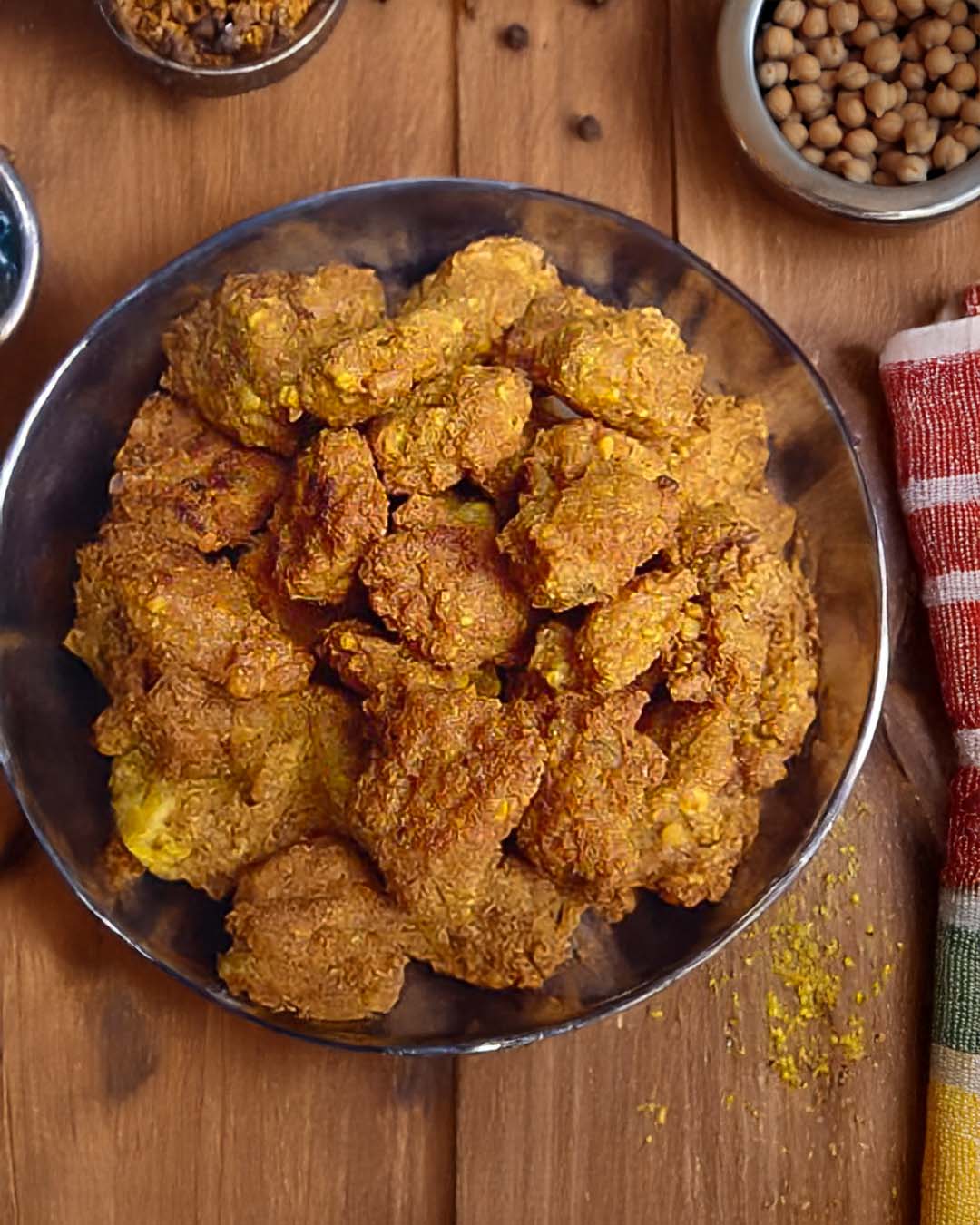
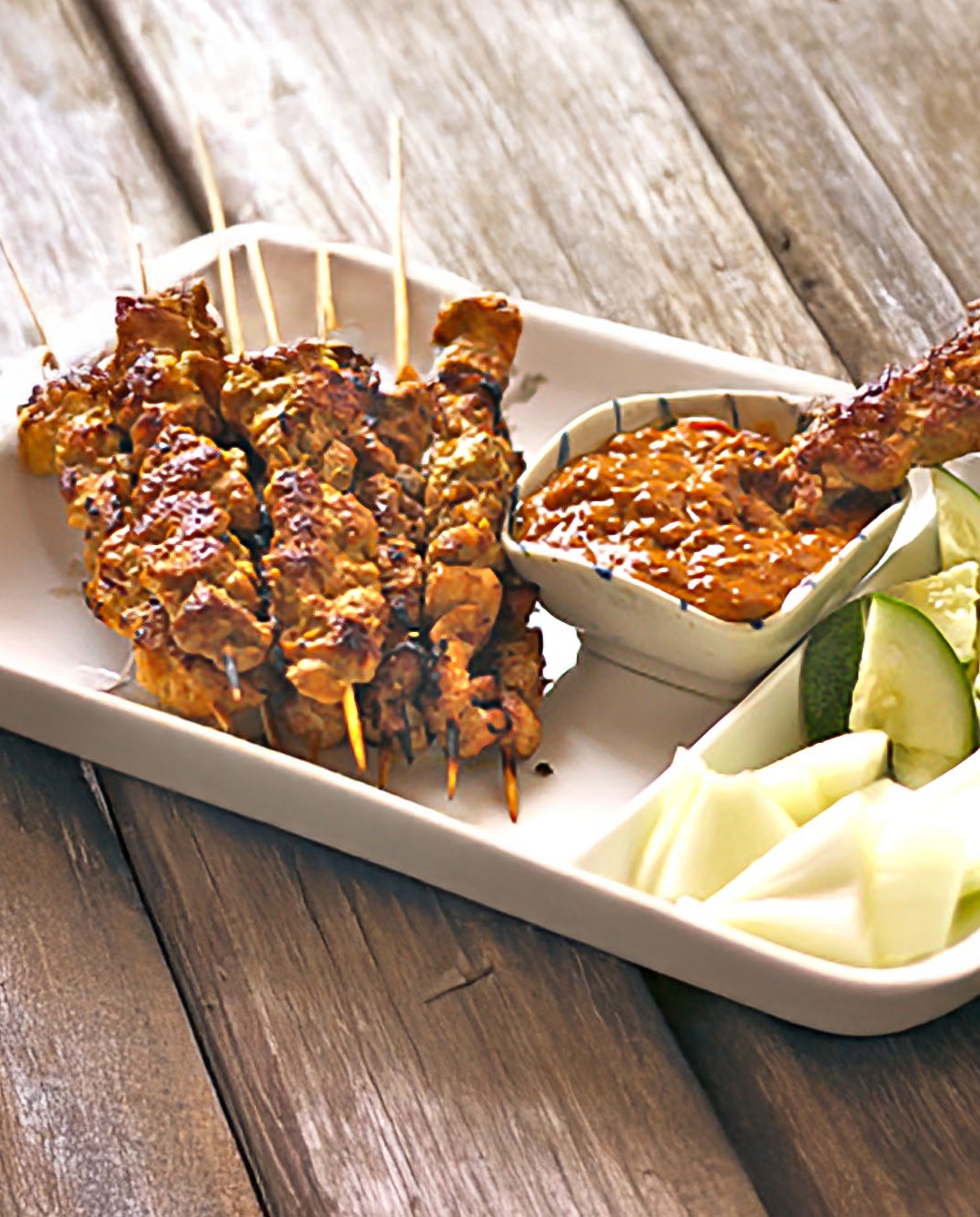

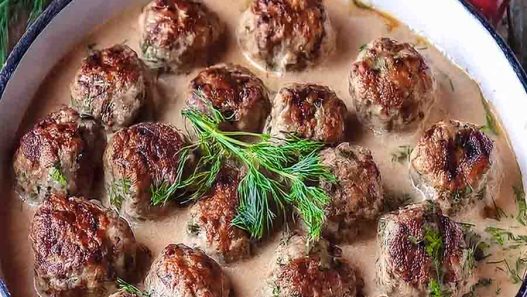
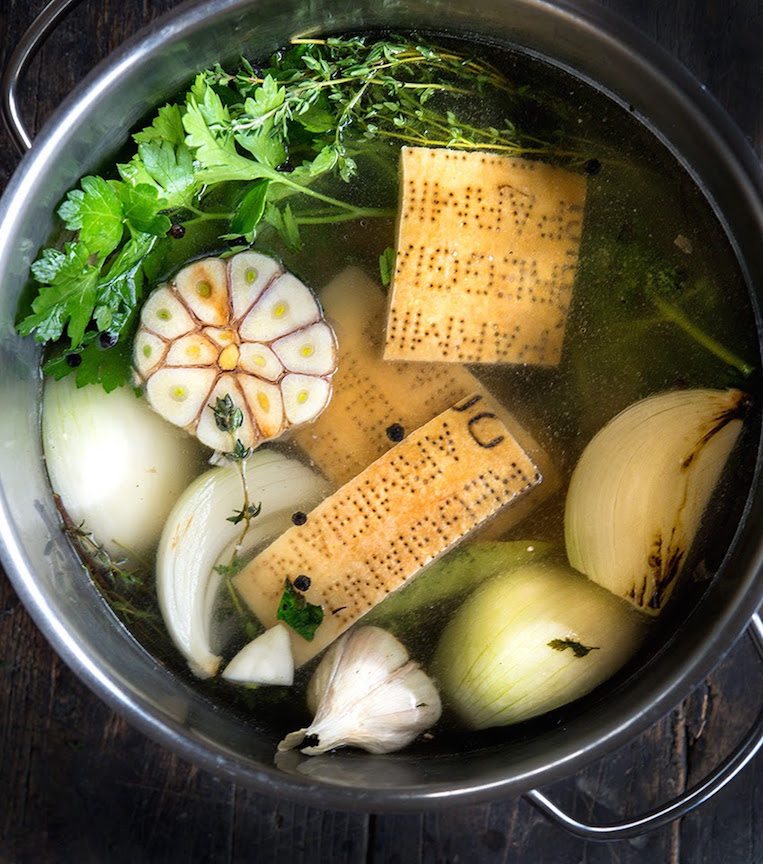
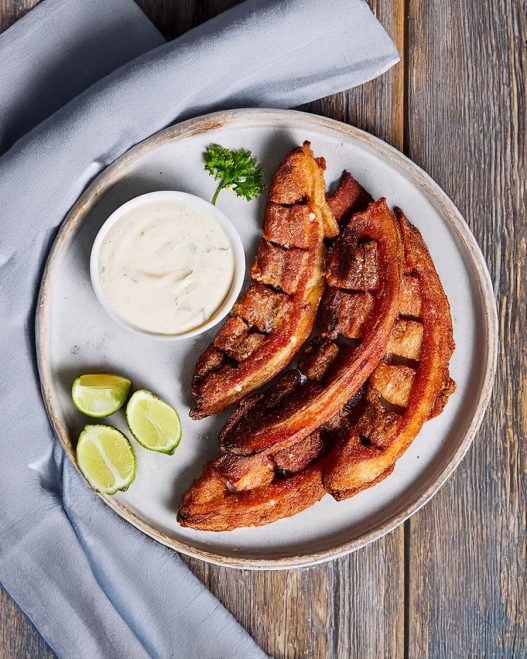
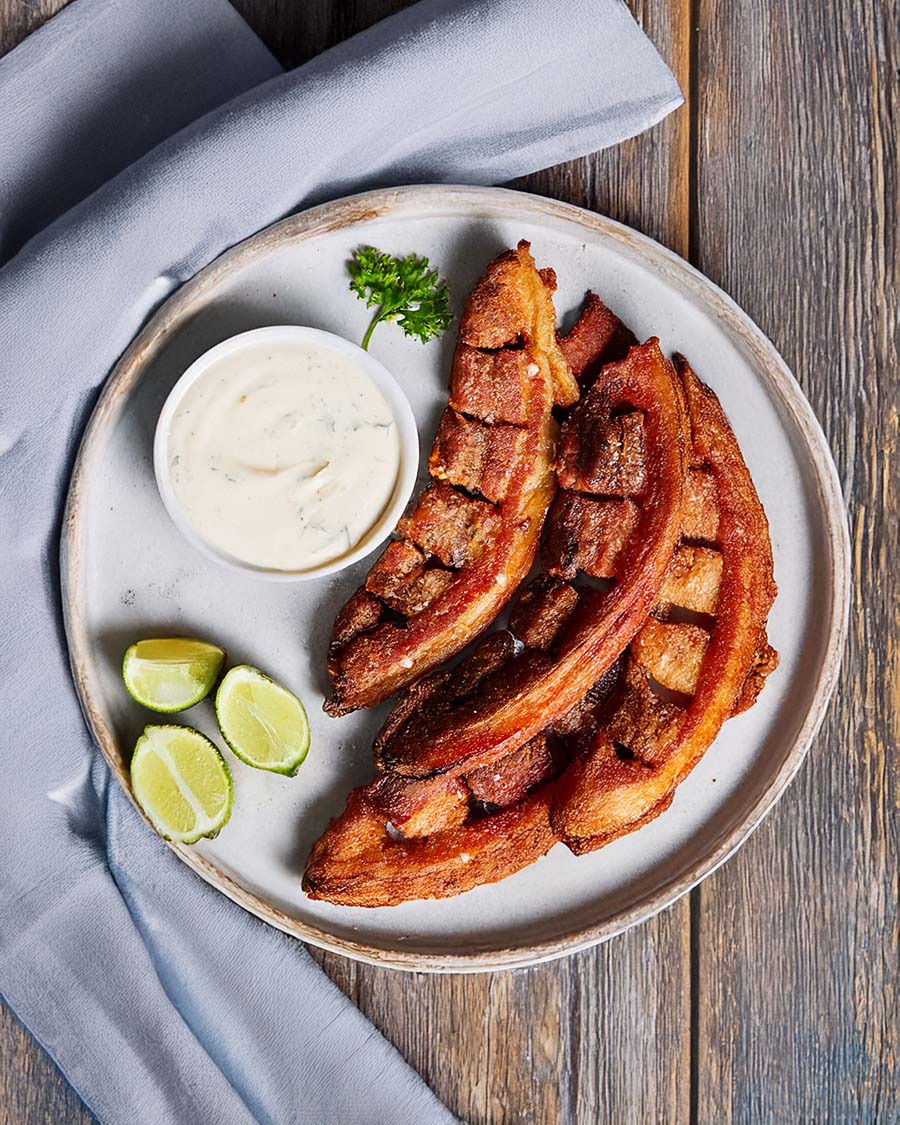
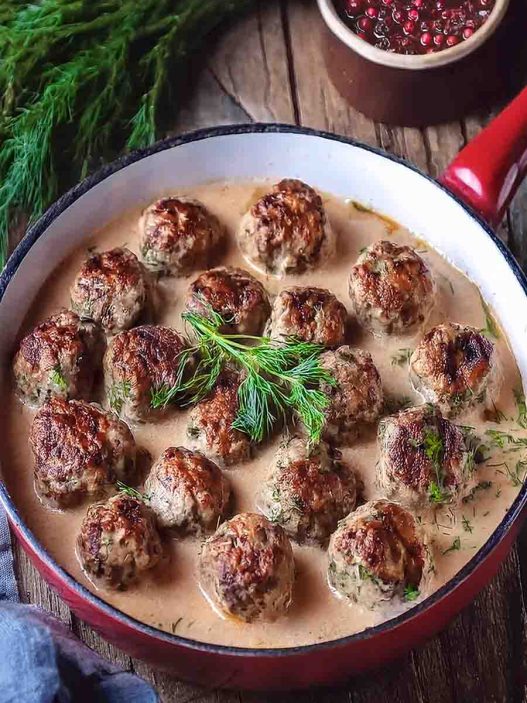

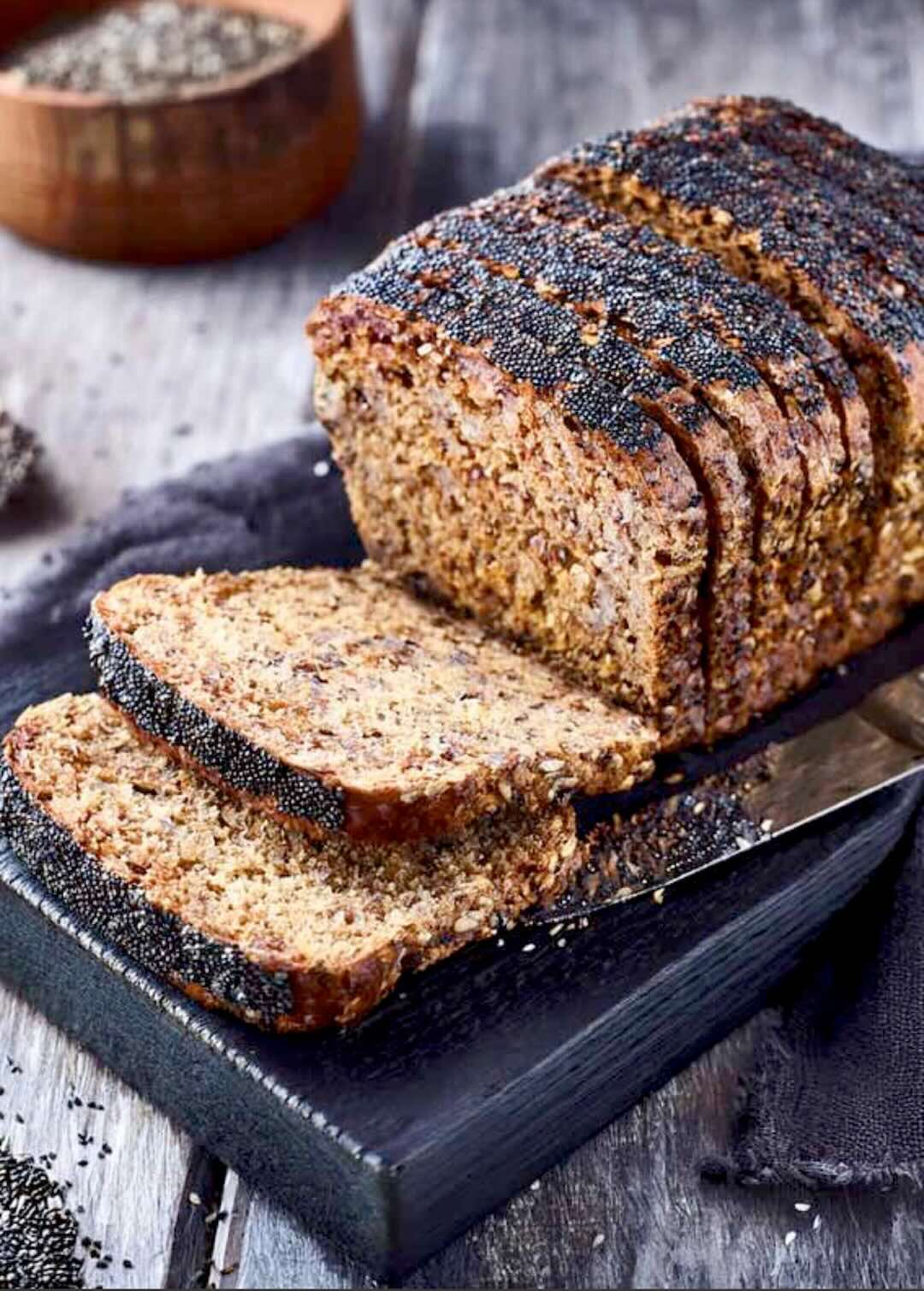
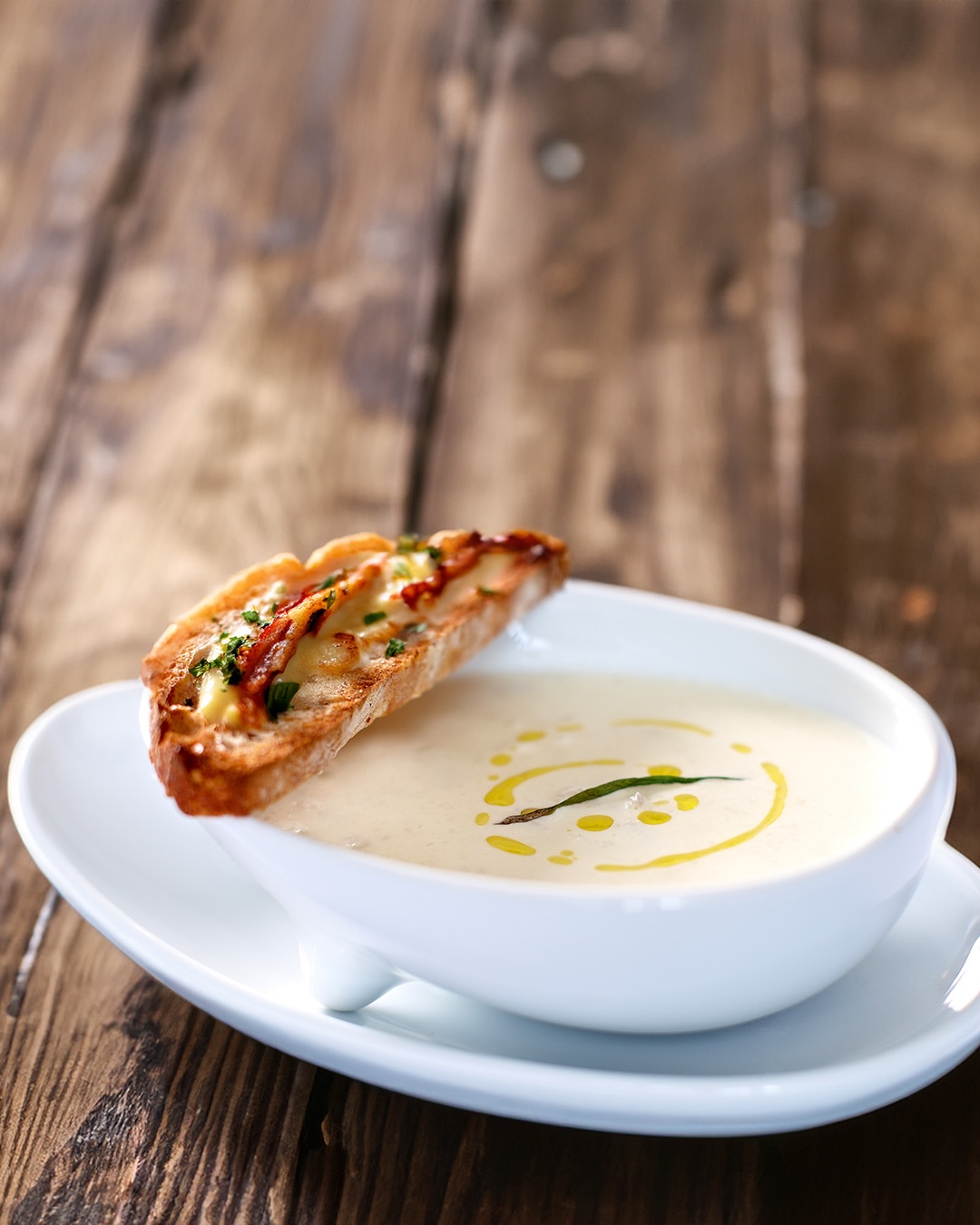
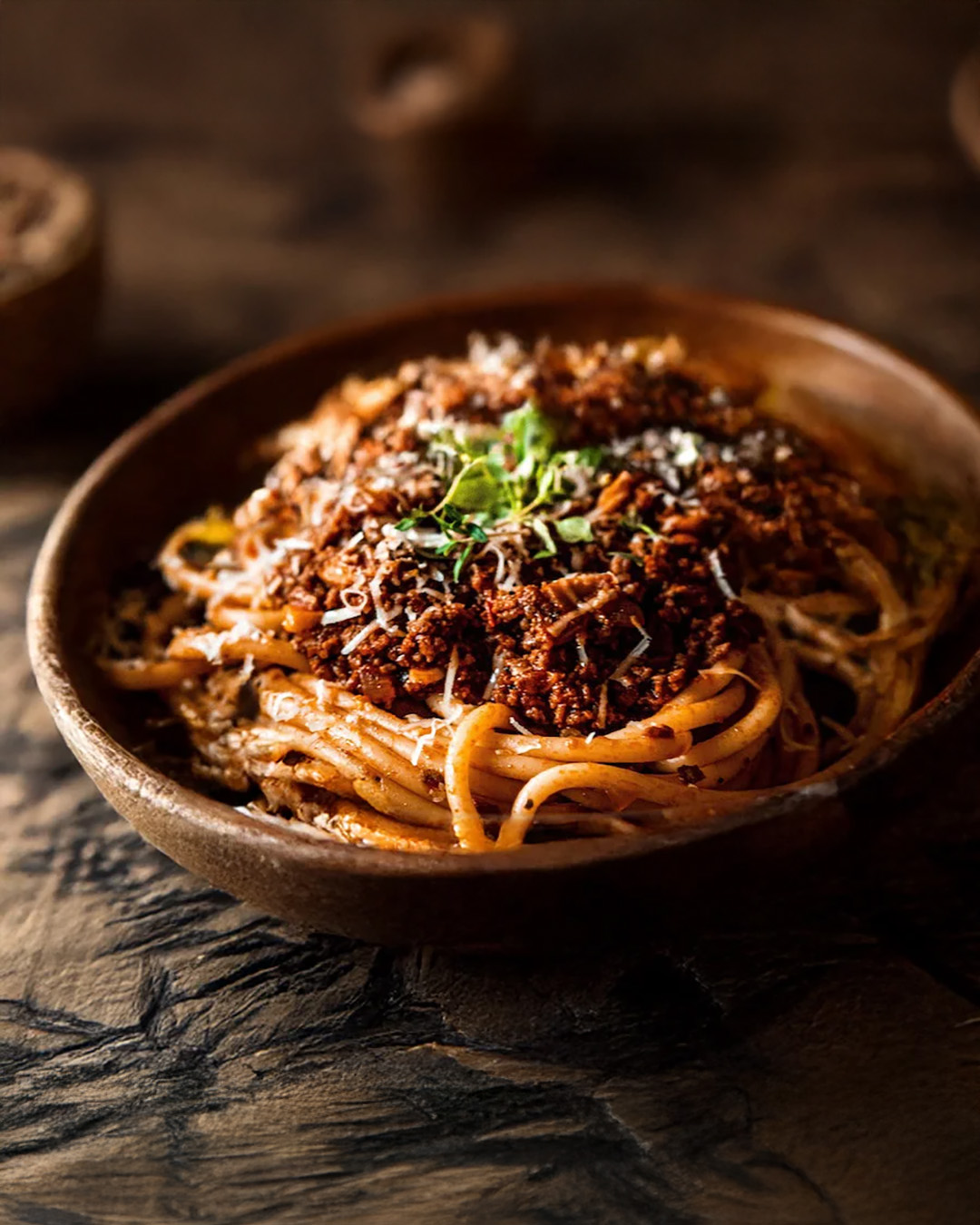
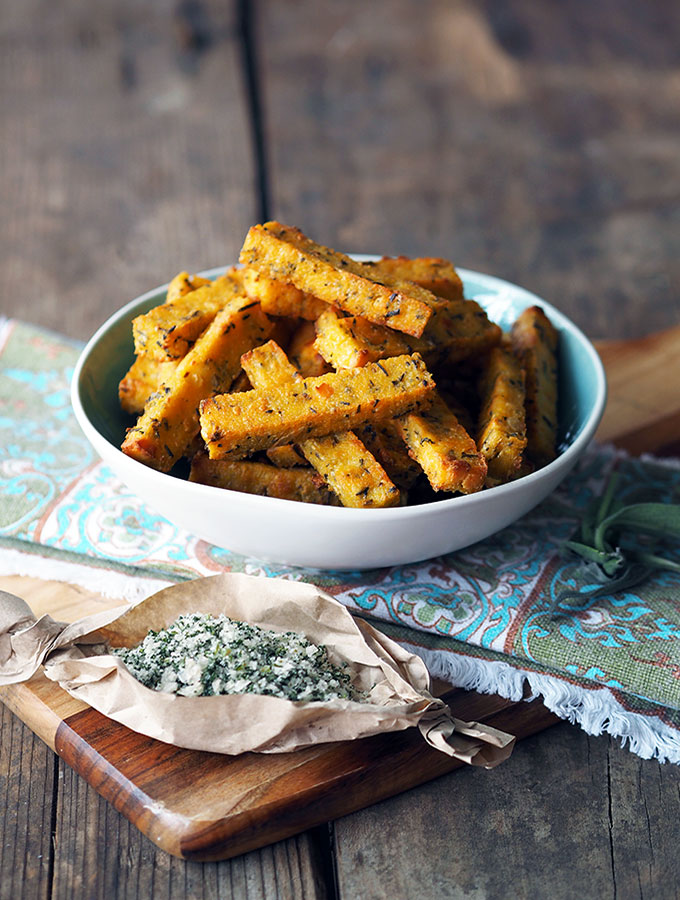
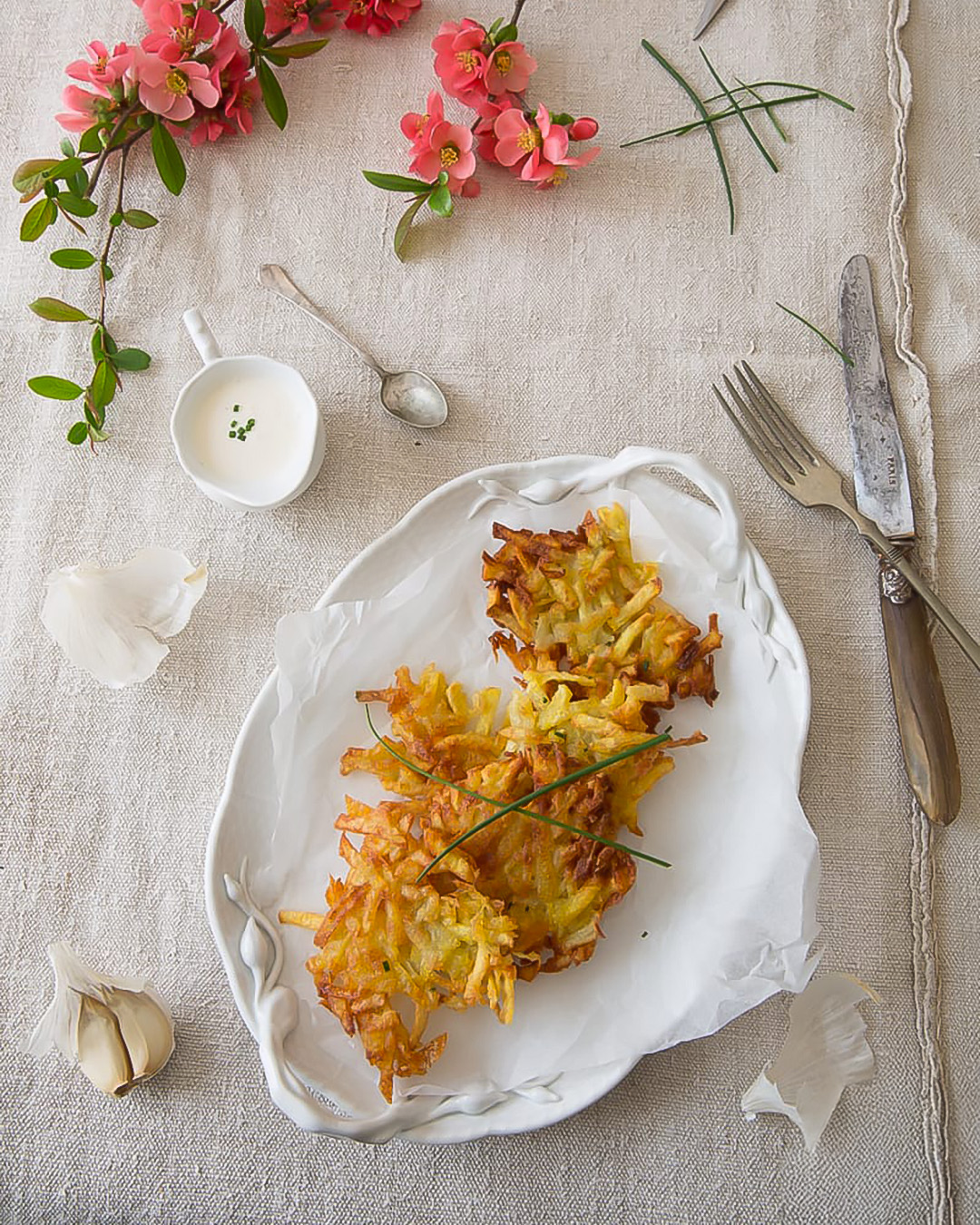
Holy CR** this is delicious!
Crispy, golden, and just salty enough. Honestly, I wasn’t sure how much I’d love the cilantro aioli, but it’s now my favorite sauce for everything. Next time I might experiment by adding a hint of chili for extra kick.
Absolutely addictive! I never realized baking soda was the secret to super-crispy skin. I made a double batch for our family barbecue, and people couldn’t stop eating them. Bonus points for the cilantro aioli—it balanced the richness of the pork beautifully. Thanks for sharing such a fantastic recipe!
Just like back home, loved it!
Best chicharrones ever—perfect crunch and the aioli was fantastic!
More fat = more porky goodness. Love this!
What happens if there is too much fat on the skin?
There is no such thing as too much fat! :D